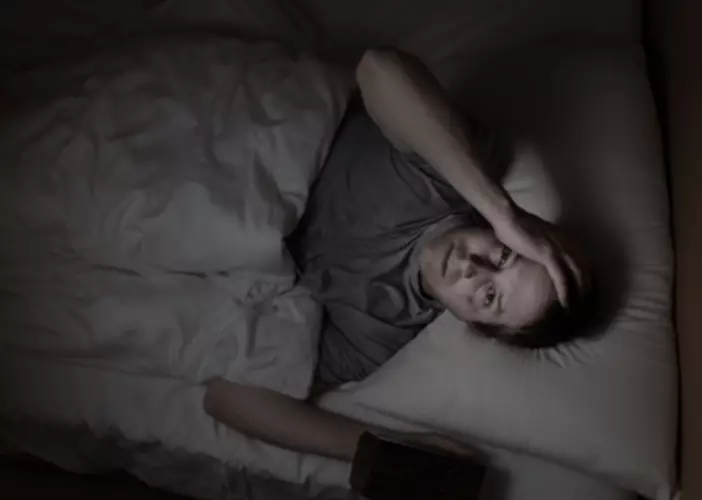
While rhinophyma can affect anyone, it is more common in men over 30 with fair skin. Those with a family history of rosacea also increases the likelihood of developing rhinophyma (alcoholic nose). Excessive drinking can lead to many problems, including liver disease, and can impact your appearance. However, the term alcoholic nose is not a medically-recognized condition.
- But for people who do, having chronic infections is common, since fluids in the skin ultimately trap bacteria.
- While some people may experience flushing or redness when they consume alcohol, this doesn’t mean those people all suffer from rhinophyma.
- Continue on CA-91 W for approximately 8.7 miles.Merge onto CA-55 S via the ramp to Newport Beach.
Find An Addiction Recovery Center Today.
However, alcohol addiction can cause a person to neglect their health, which can mean side effects on any pre-existing health conditions, including rosacea. When left untreated, the skin condition rosacea can cause the nose to grow or become bulbous in appearance. The social stigma related to alcohol abuse and alcoholic nose highlights the social pressures and barriers that still exist for those with substance abuse issues. It typically manifests as a noticeably red, bumpy, or bulbous nose or swollen cheeks. If you or a loved one are seeking alcohol rehab at an addiction treatment center, it’s important to know the treatment options to consider. Rhinophyma is believed to be a rare but severe manifestation of inflammatory rosacea.

Understanding Rosacea
- If rhinophyma continues to not respond to medication treatment, surgery will be needed.
- Tell them about your struggles and how your alcoholism is agitating your rosacea.
- In the early stages of drinker’s nose, these symptoms will be mild to moderate in form.
- From your initial assessment to discharge planning, our compassionate care staff will be there for you.
- Although there are no direct stem causes of alcoholism and rosacea that meet at one point, there is a connection between them.
Rhinophyma is the medical term for “ alcoholic nose”, or “drinker’s nose.” This is a skin disorder commonly identified by a red, misshapen, bumpy nose. Due to alcoholics nose the symptoms of rhinophyma, people often believed this condition was caused by alcoholism. While rhinophyma cannot always be prevented, early intervention and proper management of rosacea can reduce the risk of developing this condition.

Health Challenges
Alcoholic nose, or drinker’s nose, is an informal term that refers to an enlarged purple nose that is thought to be caused by chronic alcohol abuse. Learn more about drinker’s nose and if drinking alcohol can affect the features of the face. While several of these terms are related to drinking alcohol, the reality is that alcohol abuse is not considered a cause of rhinophyma.

Therefore, by stripping the face’s skin of moisture, alcohol contributes to the appearance of wrinkles and saggy, dry skin. Further, alcohol widens facial pores, allowing blackheads and whiteheads to form, which can contribute to acne. Treatment options for alcoholic nose generally include medication and surgery. Mild rhinophyma is best suited for medication, which often includes topical anti-inflammatories and antibiotics. Once the condition has progressed, surgery is probably the best option. Unfortunately, if left untreated, rhinophyma can obstruct the nostrils and affect breathing, deeming a medical evaluation worthwhile.
After treatment, we will work with you to ensure a smooth transition to less intensive, supplementary levels of care. Your insurance plan may cover some or all of the cost of treatment for drug or alcohol addiction. Our online health insurance verification system will estimate your in-network and out-of-network deductibles, coinsurance percentages and out-of-pocket maximums. Within 5 minutes, you’ll receive an email with these details – free of charge.

In the past, and even in modern times, rhinophyma was largely considered to be a side-effect of alcoholism or alcohol use disorder. Someone who has a bulbous, swollen red nose may suffer from incorrect judgments and assumptions about their character and substance use habits. While there are no severe side effects of alcoholic nose, the main side effect is their physical appearance. Alcoholic nose does not prevent someone from breathing or give them any trouble in their day-to-day life. If a person suffering from rosacea also has rhinophyma, the flushing in the face due to alcohol can increase the visibility of their rosacea and rhinophyma symptoms. That means someone drinking heavily may show flushed cheeks and an enlarged nose with a red or purple tint if they have rosacea.
Understanding Alcoholic Nose: Causes and Treatment
Alcohol does not cause rhinophyma, but it can aggravate a rosacea flare-up. Rosacea flare-ups could contribute to continued growth of a bulbous nose. The Mayo Clinic reports that over a long period of time, rosacea can thicken the skin of the nose.
- It typically manifests as a noticeably red, bumpy, or bulbous nose or swollen cheeks.
- Our online health insurance verification system will estimate your in-network and out-of-network deductibles, coinsurance percentages and out-of-pocket maximums.
- Wrong assumptions based on similar traits, such as flushed skin after drinking, have led to misinformation about the true causes of the condition.
- Though drinking alcohol may contribute to facial flushing, there is no definite connection between drinking alcohol and those with end-stage rosacea.
At the same time, the nose will likely become redder, bumpy, and completely different in shape. Alcohol abuse can lead to serious health problems, so getting help is crucial if you think you or a loved one may have a problem. There are many treatment options available, and with the assistance of a medical professional, you can develop a plan that’s right for you. Rhinophyma is typically diagnosed based on a physical examination by your local medical doctor or dermatologist. However, a skin biopsy may sometimes be necessary to rule out other conditions. Fields, an early 20th-century American actor known for his heavy drinking, who called the bumps on his enlarged nose “gin blossoms”.
While “alcoholic nose” is not a medical condition requiring treatment, rhinophyma can be treated. The main treatment option for rhinophyma is surgery; however, there are some medications that may provide a small degree of help. Although there is no such thing as a drinker’s nose, drinking alcohol, particularly red wine, can lead to flushing of the face. Therefore, those with rosacea should avoid alcohol since this particular side effect may be exacerbated by alcohol abuse.